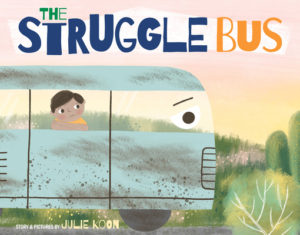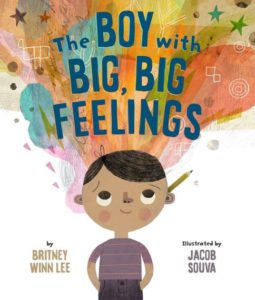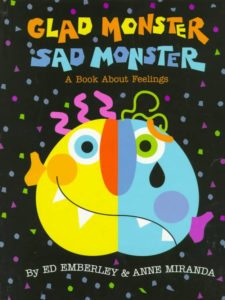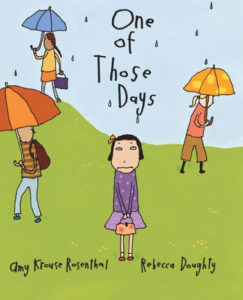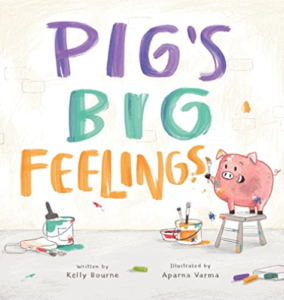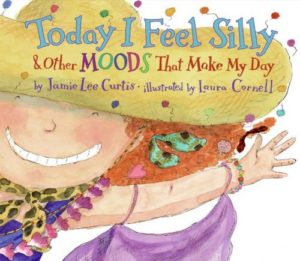The Struggle Bus
Authors: Julie Koon
Illustrator: Julie Koon
8 March 2022
Kind World Publishing
36 pages
Book description from Goodreads: “Sometimes things are really tough. It’s just too hard, you’ve had enough. Grumble, rumble, bump, and roar, The Struggle Bus is at your door. Strap in and hold on tight! Through all the ups and downs, you have what it takes to do hard things.
Rolling, rollicking rhymes take readers on a journey of perseverance, where challenges are faced and mountains are climbed.”
Need some reviews of Struggle Bus?
Educational Activities inspired by Julie Koon’s The Struggle Bus:
- Before Reading–From looking at the front and back cover:
- Where and when do you think this story takes place?
- What do you think this story will be about?
- What is the child doing on the front cover?
- What emotion is being felt by that child?
- If that child spoke, what do you think would be said?
- How do you think this story will end?
- From looking at this cover, what other books does this remind you of?
- After Reading–Now that you’ve read the story:
- How did you feel when the child stepped about the struggle bus?
- Did the struggle bus look like you imagined it would?
- How did you react to the repeating line “grumble, rumble, bump and roar”?
- Did you notice that the last word in that repeated line changed a number of times?
- How surprised were you when the struggle bus SOARED?
- Which picture/scene did you like the most? Why?
- What was the most interesting part of the back matter?
- How did you feel when the child stepped about the struggle bus?
- Writing–Think about a time where you rode your own struggle bus. What struggles were you facing? What were you feeling? How did things change for you? Write about that time in whatever way you choose–a poem, a story, a rant, song, or something else! Use pencils, crayons, or markers to add pictures or decorate it, if you want. Consider sharing your writing with an adult and explaining your creative choices.
- Playing–With a couple of friends or family members, play “Simon Says Feelings.” For example, say: “Simon says…look mad!” Feel free to discuss those feelings or ask questions about them between rounds or after the game is over.
- Crafting–Making crafts is a fantastic way to explore, share, and engage with your feelings. Here are a few of our favorites:
- Emotion Faces–These conversation starters are easy to make.
- Emotion Masks–A little more involved than some of the other crafts, but it’s not too challenging for kids to create.
- Emotion Painting–This is designed for a classroom teacher, but it’s easily adapted to a family setting, as well.
- Emotions Wheel–This printable craft has three different version that range in levels of complexity.
- Feeling Spinner–This paper plate craft can help young people identify and talk about emotions.
- Further Reading–Enjoy a few more picture books about feelings. Which of these have you already read? Which of the others would you want to read first? (Click on any book cover for more information on these titles!)


